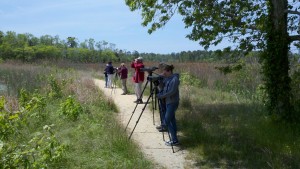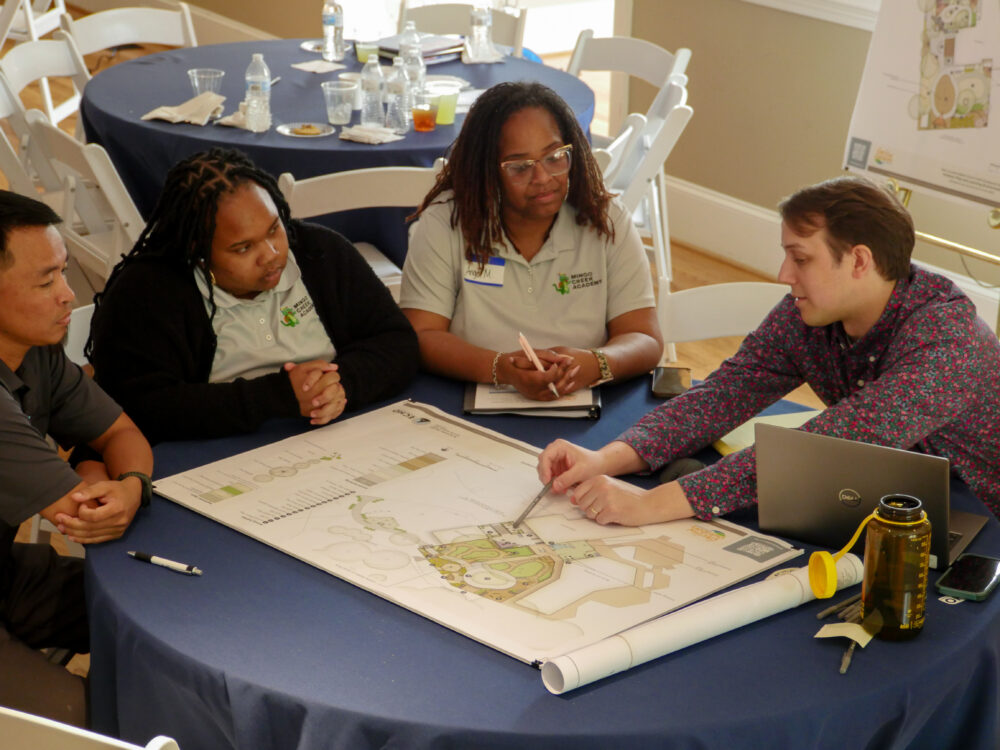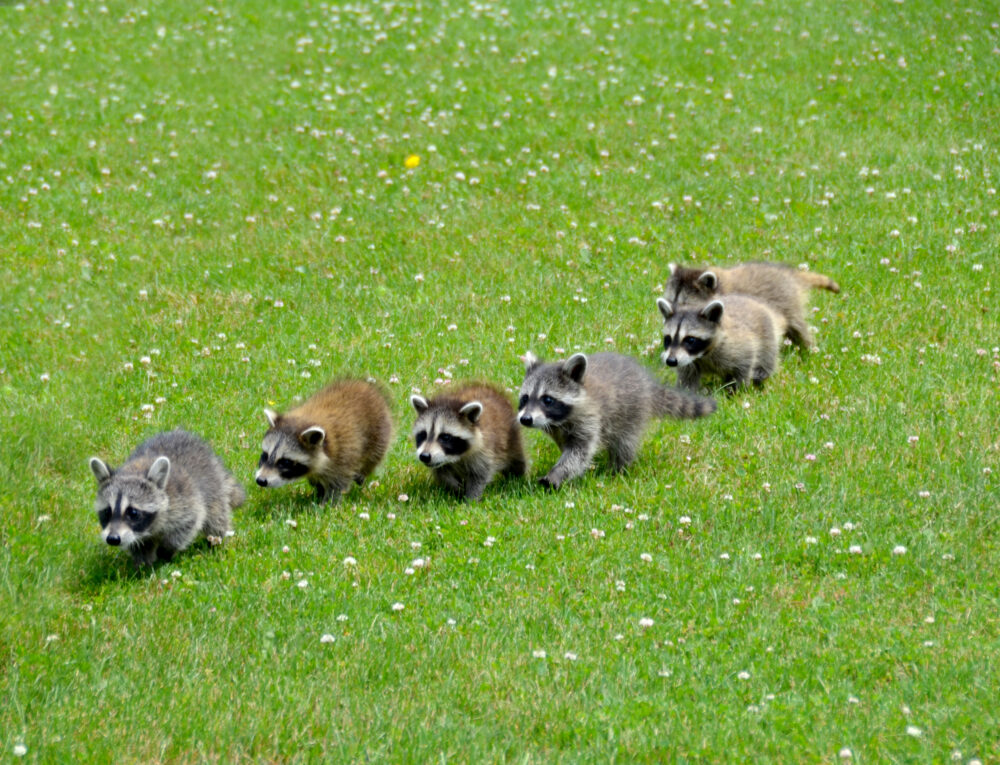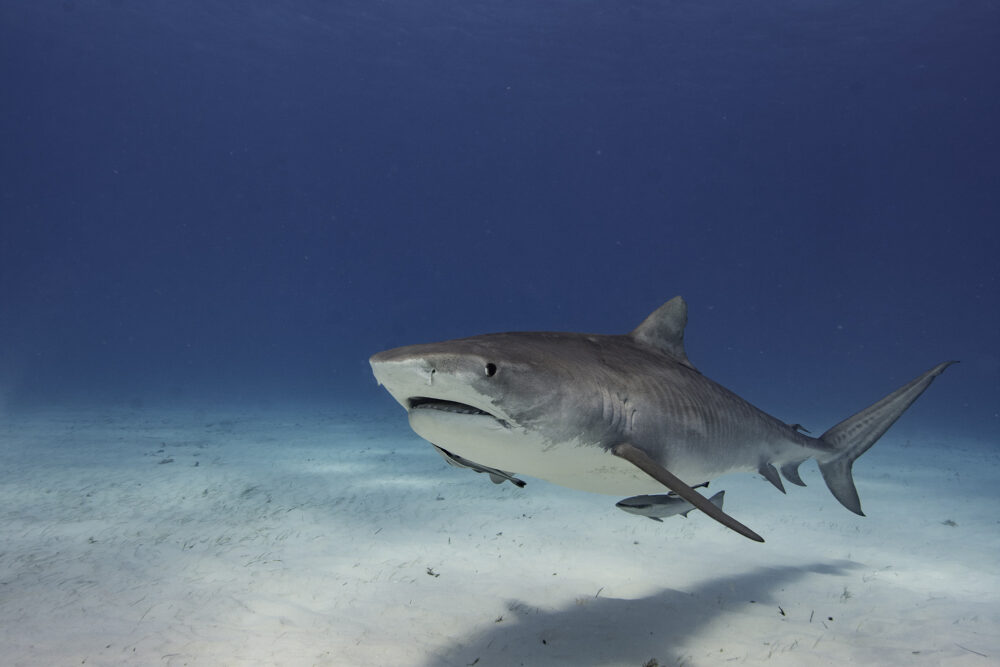We have much more to do and your continued support is needed now more than ever.
The Biggest Event You’ve Never Heard Of: The World Series of Birding

It’s the biggest event you have never heard of. Hundreds of people from all over the world gather each year in Cape May, New Jersey for a competitive birding event hosted by NWF’s New Jersey affiliate, New Jersey Audubon called “The World Series of Birding.”
Seriously. No Seriously. (I spent a lot of time saying that to my friends and co-workers in the weeks leading up to the big day).
Birding for 24 hours straight after spending several days and nights scouting the birds you will eventually count. As the parent of a long-time competitive birder, I have to admit even I thought this sounded kind of extreme and certainly not much fun. So of course when my daughter asked if I would go with her this year, I said yes.
A team of four high school kids, two dedicated expert birding coaches and I headed off in cars packed full of spotting scopes, bird books and energy drinks to Cape May for three days of scouting before the “big day.” Teams come from all over the world to this location during this week in May to witness (and catalogue) one of the largest concentrations of migratory song-birds and shore birds on the East Coast. So popular is this event each year that it almost becomes un-noteworthy to see a group of binocular-wearing, foreign-accented birders standing around the coffee pot of a rural New Jersey convenience store discussing the sighting of an elusive barn owl at 3:00 in the morning.
The event is teams of kids and adults crisscrossing the state for 24 hours with well-scouted and strategically mapped routes working to locate and identify the highest number of individual bird species. It kind of reminded me of the movie “Twister” with competitive teams racing around, except with considerably less chance of your car getting sucked into a category 5 funnel cloud.
My job was the driver – and my team of kids were responsible for scouting the birds days in advance, designing a route that took into account previous sightings, sun position, tides, and weather – and of course finding, identifying and recording each species.
For me, it was an opportunity to learn from the kids – but even more enjoyable, it was an opportunity to witness the blossoming of a deeper appreciation of wildlife and the environment for a group of kids that I have watched grow up.
They would debate birdcalls, discuss most favorable habitats, and talk excitedly at the opportunity to meet fabled ornithologist and author Pete Dunne.
These kids not only love birds, but in the process they have developed a deeper understanding of what is necessary to protect them: clean air, clean water, protected open space and native food and habitat.
It is also a much-needed opportunity for them to really connect with the natural world, which in today’s technology-saturated environment becomes very challenging. But sitting in the pre-dawn forest listening for the calls of a whip-poor-will or great horned owl, scanning a vast wind-swept marsh late in the evening for a low-flying northern harrier, or walking quietly along a stream hoping to hear the sweet call of a Kentucky Warbler – you simply can’t help to feel a connection to the landscape around you.
Today there is a grave threat in our own homes, our schools and our communities that threatens generations of conservation progress and victories – the threat of a generation of children entirely disconnected from nature. Not only does this have health, academic and behavior consequences, but we are also in danger of producing a generation of Americans with no appreciation for nature and therefore no inclination to protect it.
Jacques Cousteau reminded us that “people only protect what they love” – and for these kids, the experience provided by the “world series” will undoubtedly result in a lifetime of attention to the environment which they came to love.





















